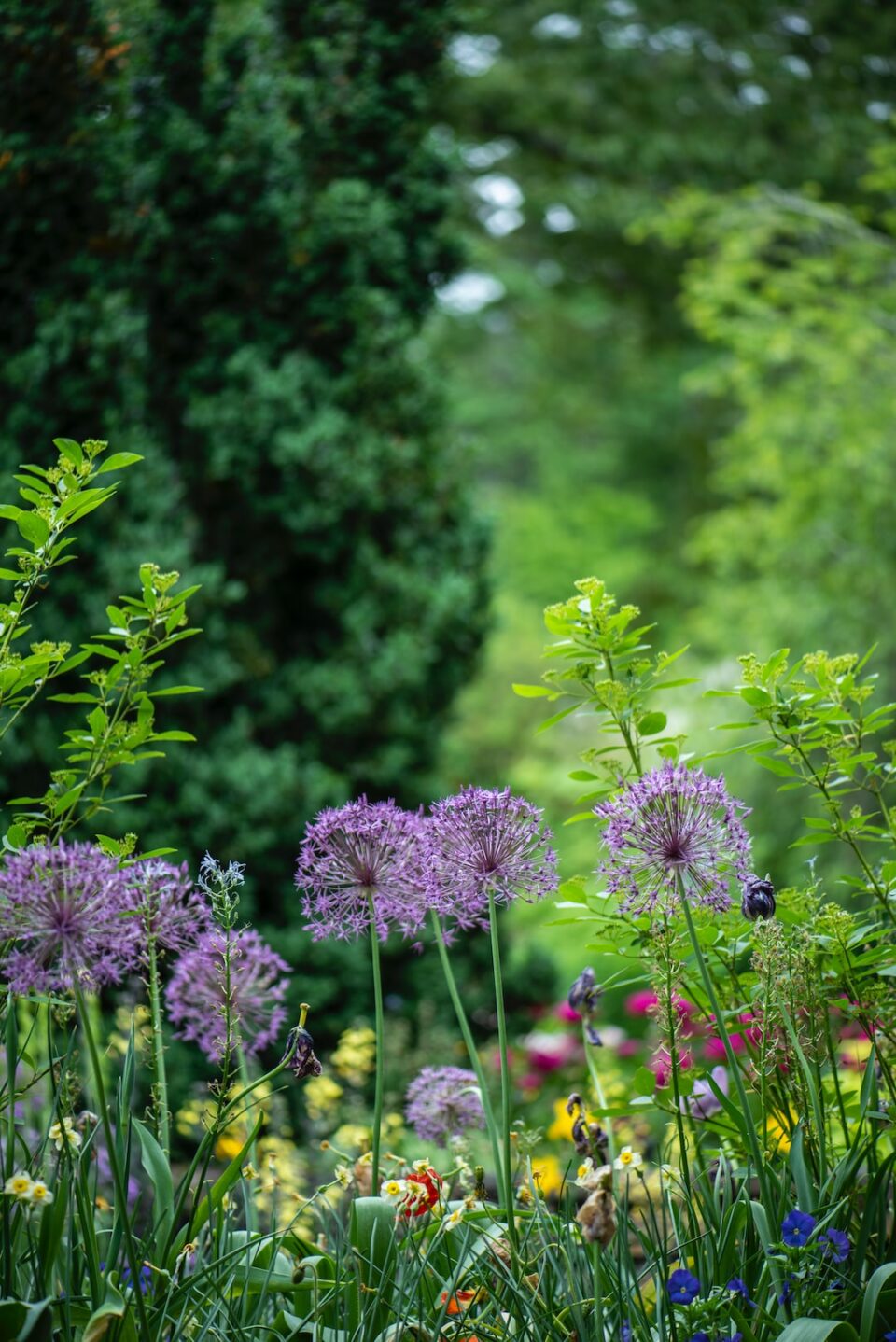The Art of Bonsai: Cultivating Miniature Trees
Bonsai, the ancient Japanese art of growing miniature trees, has captivated nature enthusiasts, artists, and hobbyists for centuries. Derived from the Japanese words “bon” and “sai,” meaning tray planting, bonsai is much more than just gardening; it is a careful and intentional practice that embodies patience, dedication, and an understanding of nature’s beauty.
Bonsai trees are not grown to full size like their counterparts in nature. Instead, they are meticulously pruned, wired, and shaped to create an illusion of a fully-grown tree, all within a small container. The result is a living work of art that evokes a sense of tranquility and harmony.
The art of bonsai dates back to ancient China. It was later adopted and refined by the Japanese, becoming an integral part of their culture. Initially, bonsai trees were seen as mystical objects, reserved only for emperors and nobles. However, as time passed, it became more accessible, allowing a wider range of people to appreciate and practice this art form.
Creating a bonsai tree requires careful selection of the appropriate species, choosing a suitable style, and mastering the techniques of pruning, wiring, and potting. The choice of tree species is essential, as different species have their unique characteristics and growth patterns. Some common bonsai species include junipers, pines, maples, and ficus.
Once the species is chosen, determining the style of the tree is the next step. There are several traditional bonsai styles, including formal upright, informal upright, cascade, slanting, semi-cascade, and windswept, among others. Each style aims to capture a different aspect of nature, such as the strength of an old oak or the grace of a willow tree.
Pruning is perhaps the most crucial step in the process of creating a bonsai tree. By removing unnecessary branches, one can shape the tree’s structure and mimic the appearance of a fully-grown tree. Pruning also encourages the tree to develop a dense and compact foliage, contributing to the illusion of scale. In addition to pruning, wiring is often used to bend and position branches in the desired direction. This technique requires both skill and patience to avoid causing any harm to the tree.
Another aspect that sets bonsai apart from traditional gardening is the choice of container or pot. The pot plays a significant role in the overall aesthetics of the bonsai tree. It should complement the tree’s style and convey a sense of harmony. Pots for bonsai come in various shapes, colors, and materials, such as ceramic, porcelain, or even stone.
Caring for a bonsai tree is an ongoing process that requires attention to detail and a deep understanding of the tree’s specific needs. Bonsai trees are carefully watered, ensuring the soil remains moist but not waterlogged. Regular fertilization is also necessary to provide the tree with essential nutrients. Additionally, bonsai trees require exposure to sunlight, but not excessive heat, as it may damage the delicate leaves and branches.
The cultivation of bonsai is not just about creating a beautiful tree; it is also a meditative practice that fosters a profound connection with nature. The time and effort invested in caring for a bonsai tree allow practitioners to escape the fast-paced modern world and enter a serene realm where they can nurture and shape life with their hands.
Participating in the art of bonsai offers numerous benefits beyond aesthetics. It can serve as a form of stress relief, providing a sense of accomplishment and calmness. Bonsai enthusiasts often describe their trees as sources of inspiration and relaxation, inviting a moment of tranquility into their lives.
In conclusion, bonsai is an ancient art form that captures the essence of nature within miniature trees. Its origins in China and subsequent refinement in Japan have given rise to a rich cultural tradition that continues to thrive today. The practice of bonsai requires patience, skill, and a deep appreciation for nature’s beauty. By carefully cultivating and tending to these miniature trees, enthusiasts can find solace, creativity, and a unique connection to the natural world.

